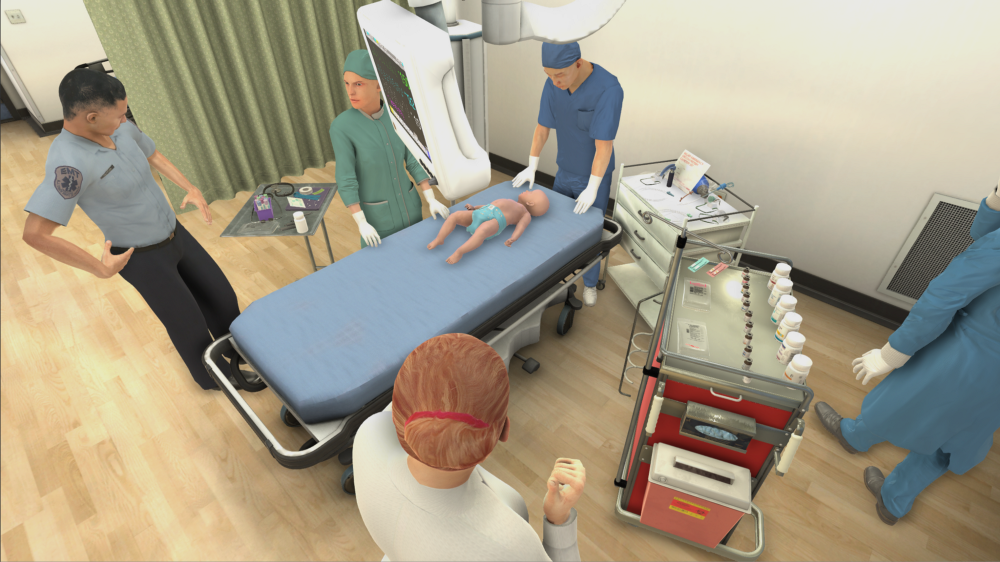With skills shortages and budget cuts, the healthcare sector has seen significant changes in its delivery model in the last few years.
A new initiative in the Children’s Hospital Los Angeles wants to solve this problem by building an intelligent and responsive Virtual Reality training application with real-life emergency trauma situations.
Rather than using mannequins , the traditional method for such training the students can now wear Oculus VR headsets and experience emergency care scenarios in a virtual environment that looks and feels like a real-life scenario.
The VR simulation is compatible with Oculus Rift headset and Touch controllers. It is designed not only for consumer applications but also for social and enterprise training for healthcare and beyond.
The reality is that there are some lifesaving procedures in emergency medicine that you rarely perform, but must always be ready to perform in a split second.
One such a procedure is known as cricothyrotomy, which involves making an incision into a specific area of patient’s neck and inserting a plastic tube through a thin membrane into the trachea—requires accuracy and speed, and can be lifesaving if performed correctly, but deadly if not completed in a timely or improper fashion. Other life-saving skills including intubation, central line and intraosseous catheter placement also require practice and repetition in order to save lives.
Over the past decade, there has been an explosion in the use of simulation medicine to help physicians gain preparation for performing lifesaving procedures as well as approaching delicate or difficult situations related to patient care.
The idea is that the medical students will be able to practice under realistic workplace pressures and conditions within the virtual world so that they are better prepared in real-life situations.


